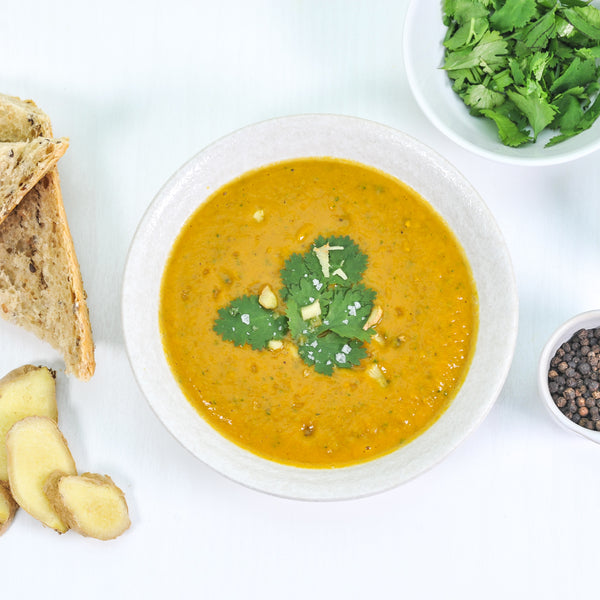
5 Pocket Jean - 30 / Indigo
$
404.6
$
304.6
30
30
32
34
Indigo
Indigo
-
+

5 Pocket Jean - 30 / Indigo
$
404.6
$
304.6
30
30
32
34
Indigo
Indigo
-
+

5 Pocket Jean - 30 / Indigo
$
404.6
$
304.6
30
30
32
34
Indigo
Indigo
-
+

5 Pocket Jean - 30 / Indigo
$
404.6
$
304.6
30
30
32
34
Indigo
Indigo
-
+

5 Pocket Jean - 30 / Indigo
-
+
$
404.6
$
304.6

5 Pocket Jean - 30 / Indigo
30
30
32
34
Indigo
Indigo
-
+
$
404.6
$
304.6

5 Pocket Jean - 30 / Indigo
$
404.6
$
304.6
30
30
32
34
Indigo
Indigo
-
+





